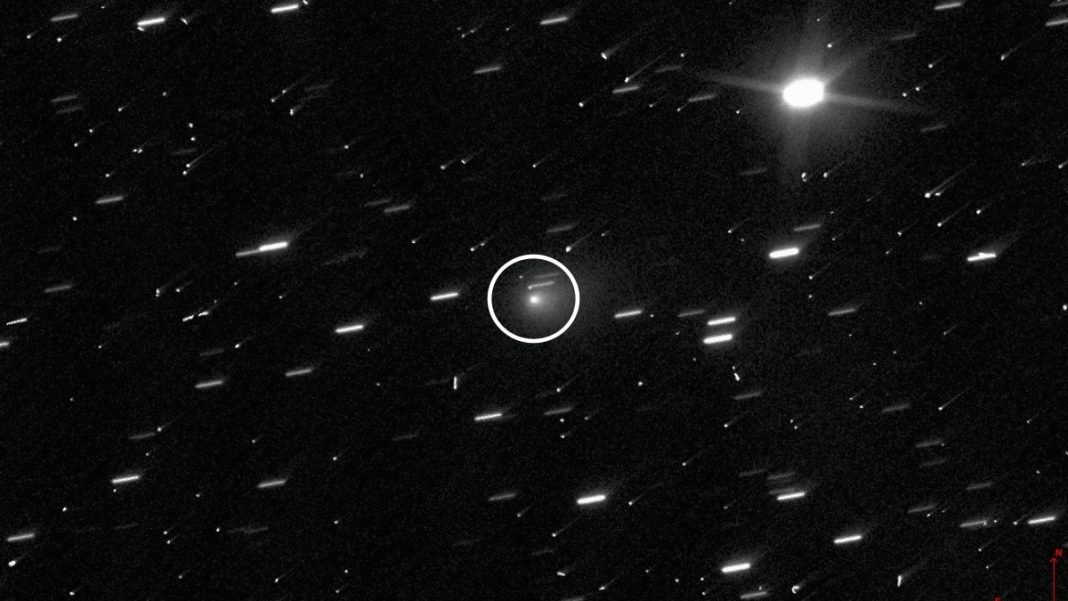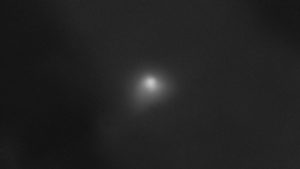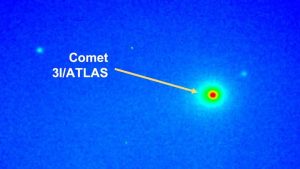Key Takeaways
- Interstellar comet 3I/ATLAS is 5-8 billion years old, predating Earth
- NASA confirms no evidence supporting alien spaceship theories
- Twelve NASA spacecraft observed the comet during its solar system passage
- This is only the third confirmed interstellar object ever detected
NASA has officially addressed widespread speculation about interstellar comet 3I/ATLAS, confirming it shows no signs of being an alien spacecraft. The space agency revealed the comet is actually 5-8 billion years old, making it older than Earth itself, according to Congressman George Whitesides of the House Science Committee.
The comet’s discovery on July 1, 2025, triggered an unprecedented solar system-wide observation campaign involving twelve NASA spacecraft and telescopes. This coordinated effort provided multiple vantage points to study the interstellar visitor’s characteristics compared to native solar system comets.

Close Martian Encounter Provides Critical Data
3I/ATLAS made a remarkable close approach to Mars this fall, passing within 19 million miles of the Red Planet. NASA’s Mars Reconnaissance Orbiter captured some of the closest images, while the MAVEN orbiter collected ultraviolet data to analyze the comet’s composition. Even the Perseverance rover on the Martian surface observed the faint interstellar visitor.
NASA’s Psyche and Lucy spacecraft, currently en route to study asteroids, also contributed observations during their journeys. The diverse data collection allowed scientists to compare 3I/ATLAS with native solar system comets, offering rare insights into distant planetary systems.

Planetary Defense Concerns Highlighted
Congressman Whitesides expressed concern about the potential hazards of interstellar objects intersecting Earth’s path. He noted that if a comet of similar size were headed for collision with Earth, humanity might have only two months to develop a deflection strategy.
3I/ATLAS follows a hyperbolic trajectory, moving too fast to be gravitationally bound to our Sun, confirming its extrasolar origins. Its composition and activity levels provide scientists with valuable clues about conditions in alien star systems billions of years ago.
This historic object represents only the third confirmed interstellar visitor after ‘Oumuamua in 2017 and 2I/Borisov in 2019. NASA and partner observatories continue monitoring 3I/ATLAS as it journeys through our solar system, gathering data that will enhance our understanding of the universe beyond our immediate celestial neighborhood.






